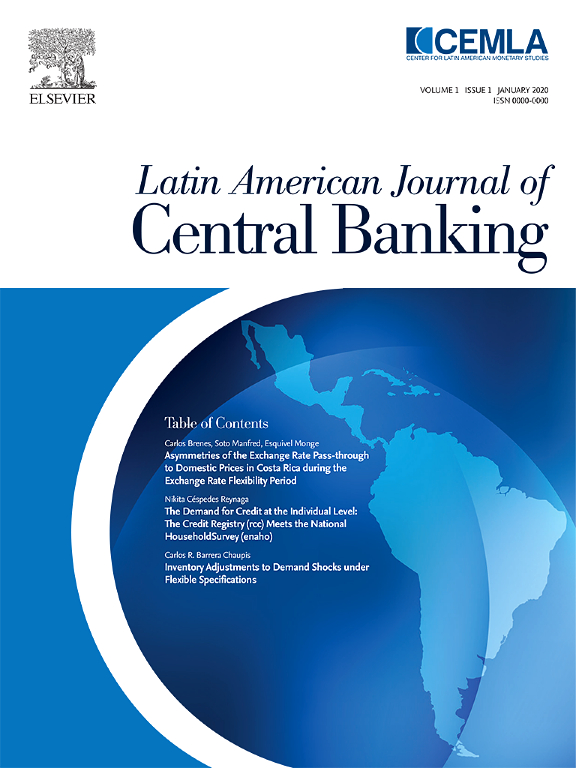
Lo más reciente
Since 2014, participation of foreign investors in the Colombian local public bond market has increased substantially. One of the factors that has driven this result is the increased weight of Colombia in JP Morgan´s Government Bond Index. Some evidence suggests that the resulting inflows have reduced bond and loan interest rate and raised the loan supply. There is also evidence of an increased sensitivity of local public bond yields to CDS and EMBI given the inflows, although the influence of external financial conditions on domestic lending rates has remained subdued. Finally, no evidence is found of a shift in the transmission of domestic monetary policy shocks to public bond and lending interest rates after the increase in foreign participation in the local bond market.


 Pamela Andrea Cardozo-Ortiz,
Pamela Andrea Cardozo-Ortiz, 